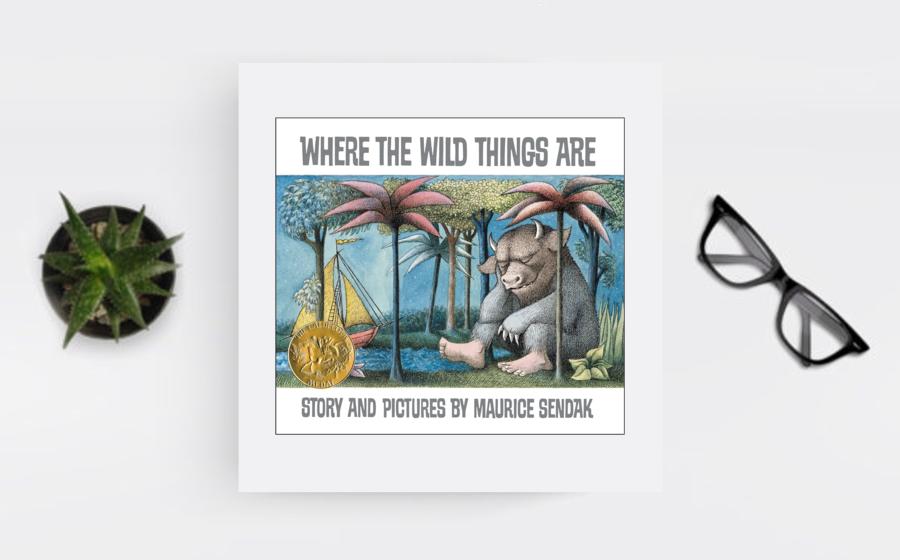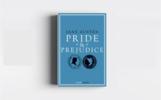"Where the Wild Things Are" is not just a children's
book; it's a timeless odyssey that has captured the
hearts of readers young and old since its publication in
1963. In this review, we'll explore why "Where the Wild
Things Are" remains a timeless children's classic,
celebrated for its masterful storytelling, evocative
illustrations, and profound exploration of the boundless
world of childhood imagination.
One
of the remarkable aspects of "Where the Wild Things Are"
is the potency of Sendak's narrative despite its
brevity. With just a few sentences on each page, Sendak
crafts a compelling story that resonates across
generations. The simplicity of the language, coupled
with its emotional depth, allows readers to connect with
the characters and themes on a profound level.
The central character, Max, embarks on a fantastical
journey to the land of the Wild Things after a moment of
childhood mischief. The concise yet impactful
storytelling not only captures the attention of young
readers but also invites adult readers to revisit the
familiar emotions of childhood rebellion, imagination,
and the desire for unconditional love and acceptance.
The illustrations in "Where the
Wild Things Are" are a visual feast that adds an extra
layer of enchantment to the timeless narrative. Sendak's
distinctive artistry brings the Wild Things to life with
their fuzzy bodies, expressive eyes, and endearing yet
wild appearances. The juxtaposition of Max's small frame
against the towering Wild Things emphasizes the scale of
his imaginative adventure.
The use of warm,
earthy tones and the subtle interplay of light and
shadow create a visual atmosphere that mirrors the
emotional nuances of the story. Sendak's illustrations
not only complement the narrative but elevate it to a
level where the pictures themselves tell a story of
longing, exploration, and the transformative power of
imagination.
"Where the Wild Things
Are" transcends the limitations of its brevity by
tapping into universal themes of childhood emotions. The
character of Max, with his range of feelings from anger
and frustration to the need for comfort and belonging,
becomes a relatable protagonist for readers of all ages.
Sendak's exploration of the complexity of childhood
emotions resonates with the timeless truth that every
child, no matter the era, experiences a wild and
intricate emotional landscape.
The Wild Things,
despite their fantastical appearances, embody the
amalgamation of Max's emotions. They are not merely
creatures in a distant land but manifestations of Max's
internal struggles and desires. This universality of
themes ensures that "Where the Wild Things Are" remains
relevant to each new generation of readers, offering a
mirror to their own emotional journeys.
The Wild
Rumpus, a wild and joyous celebration in the heart of
the Wild Things' domain, is a symbolic moment in the
narrative. It represents not only Max's uninhibited
expression of joy but also the limitless expanse of
childhood imagination. The idea that within the realm of
imagination, one can create a space for unrestrained joy
and connection is a timeless concept that resonates with
readers throughout their lives.
The Wild Rumpus
serves as a poignant reminder to readers of all ages
that the power of imagination is not confined to
childhood. It encourages a reconnection with the inner
child, inviting adult readers to reflect on the times
when their own imaginations knew no bounds.
The impact of "Where the Wild Things Are" extends beyond
the printed page. The book has inspired numerous
adaptations, including an opera, a ballet, and a feature
film. Each adaptation, while bringing its own
interpretation, contributes to the enduring legacy of
Sendak's creation.
The 2009 film adaptation
directed by Spike Jonze captured the hearts of a new
generation with its visually stunning portrayal of the
Wild Things and a nuanced exploration of Max's emotional
journey. The continued success of these adaptations
underscores the timeless appeal and adaptability of
Sendak's narrative.
"Where the Wild Things Are" endures as a timeless children's classic because of its ability to distill the essence of childhood emotions, its visually enchanting illustrations, and its invitation to embark on a journey into the limitless realms of imagination. Maurice Sendak's creation remains not only a cherished part of many childhoods but also a narrative that continues to resonate with readers as they navigate the wild and wonderful landscapes of their own lives.






